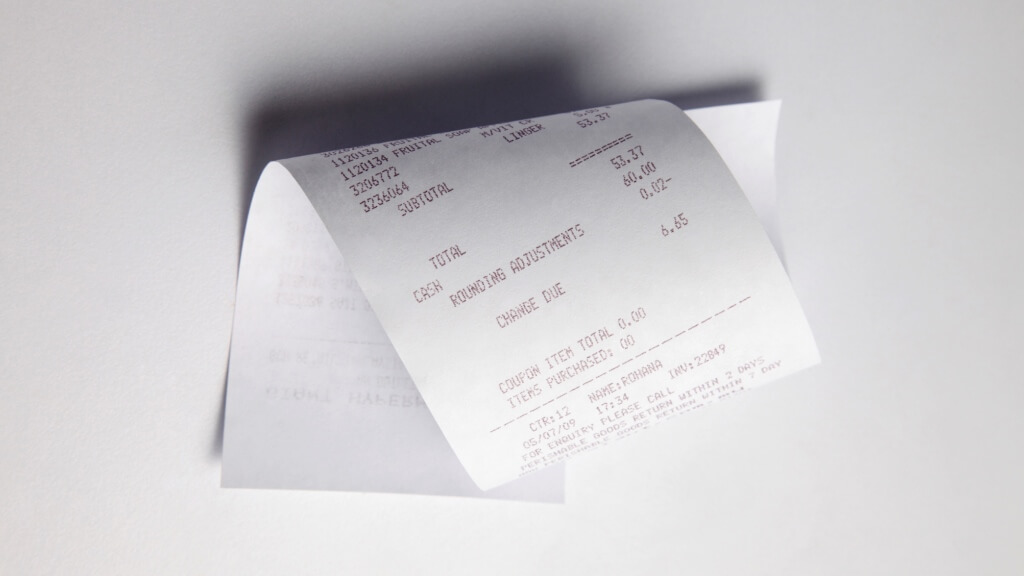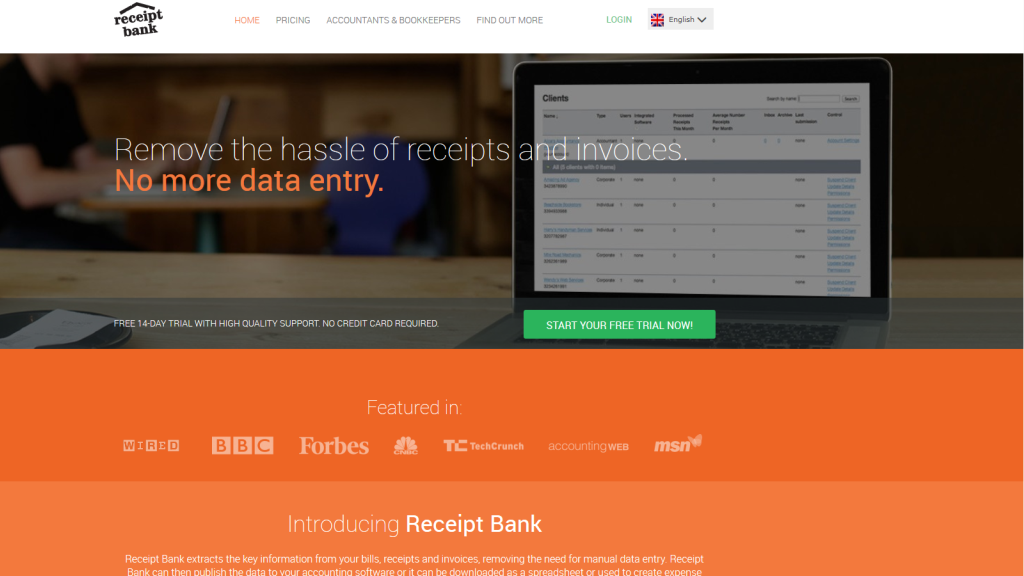Michael Wood bought a business in a snap judgement just as it was winding up. Now it's an award-winner and he wants to share with you his insights on turning the business around.
How We Turned Around Our Ailing Business
Michael Wood bought a business in a snap judgement just as it was winding up. Now it's an award-winner and he wants to share with you his insights on turning the business around.

In 2010 I had been running a small company for around five years. I was enjoying managing it, except for one thing: like most people, I found routine admin tasks incredibly frustrating. Bookkeeping was especially painful. I made a hash of it so many times that my accountant suggested I use a simpler online system in the hope that it would keep me out of trouble.
I tried this, but it was hard to find an easy way of uploading my receipts online. Finally, I came across a company with a simple solution that allowed me to post my receipts each month. Then they would scan them, extract the key data, and make this available online.
However, after the initial excitement wore off, I realised that I still had a problem. The solution did not give me the ability to share my account with my accountant; nor would it let me to publish my data into my online accounting system.
So I was still faced with some data entry – exactly what I’d been trying to avoid. I contacted the company to ask if they could make some tweaks. Their customer service was excellent – they responded in ten minutes. Unfortunately, they told me they were closing down the company that day.
Having come so close to solving my problem, I wasn’t prepared to give up. So I bought the company.
Six weeks later a new company – Receipt Bank – was formed. And, although it took us around six months to open our doors to clients, we shaped the company around the same problem – to remove the administrative burden that bills, invoices and receipts place on businesses.
Of course, there were some significant changes taken to bring Receipt Bank to its current state. From day one, my business partner, Alexis and I were faced with some major challenges. In trying to overcome these, we learned some fundamental lessons about how to turn a business around. Here are the most important:
What’s the problem?
The first thing you need to address is this: if you want to turn a business around, you need to identify and isolate its central problem as soon as possible. A struggling company may display many symptoms but a closer look will reveal that there is rarely more than one cause. Low sales cause low morale which impacts staff retention - but is the key problem a lack of leads?
The business is being undercut on price and the margins don’t allow a price reduction - but is the problem team efficiency? Finding the cause requires brutal honesty. It’s hard to come to terms with your failures – but many entrepreneurs have said that confronting these is pivotal to success.
The popular lean startup method can make this process easier, enabling entrepreneurs to face a company’s failings and use the learnings from this to drive improvement. After taking a look ‘under the bonnet’ it didn’t take long to spot the root cause problem of the business I had undertaken: the cost of customer acquisition.
Listen to your customers
Once you’ve identified what’s causing your business to fail, you need to start focusing on your customers. Of course, at one level this seems obvious. What business doesn’t think about customers?
But there’s a big difference between thinking about them and making their feedback an essential part of your strategy. User feedback plays an integral role in our processes which should come as no surprise - it's what we are founded on.
"These lessons only work if they become part of your daily practice. Treating them as a checklist won’t work"
In business, learning from others is generally better than assuming that you know best. It's the so-called “agile” approach, that urges firms to continually adapt their product to fit with customer feedback, is all about not being complacent.
It’s about constantly evolving the product to ensure that it helps meet the customer's needs - in our case that's about enabling users to increase productivity. It's also about innovating – last month, we developed and launched the world’s first Apple Watch bookkeeping app to stay ahead of the curve.
Your people
The people who work with you are the most important factor in turning your business around. A strong team will make all the difference. So who should you pick? My own (arguably unusual) path has taught me be open minded about who you want to have working with you.
I became CTO of Receipt Bank despite not having much tech experience. Although unusual for someone from a ‘salesy’ background to take on such a techy role, it stopped the company's developers from being cut off from the rest of the company.
Too many tech startups have failed because programmers were isolated and unable to respond quickly to customer feedback. For us, this slightly unconventional approach has worked. The lesson being that the best people aren’t always the most conventionally qualified people.
A good degree, or experience working at a relevant company, isn’t as important as you think. Curiosity and a sense of ownership can be more important than qualifications or experience.
Conclusion
Reciting business lessons can feel like preaching to the converted. But these lessons only work if they become part of your daily practice. Treating them as a checklist won’t work. Take “agility”: it’s become a buzzword, particularly in the tech world.
But for us it’s something we work at all the time: the first feedback we received was that we needed to be able to process invoices as well as receipts. We started working on it immediately and got it running in three weeks. It meant lots of work and a rather abrupt change to our business plan but there’s no question that it was worth it.
If I could sum up all I’ve learned from my time at Receipt Bank, I would say that if you want to turn your business around, you need to be prepared to constantly challenge your own thinking. You need to be brutal in seeing where you’re going wrong and be quick to put it right. If you don’t do this inevitably someone else will, and they’ll be the person who goes on to eclipse your business.
Thanks for signing up to Minutehack alerts.
Brilliant editorials heading your way soon.
Okay, Thanks!



